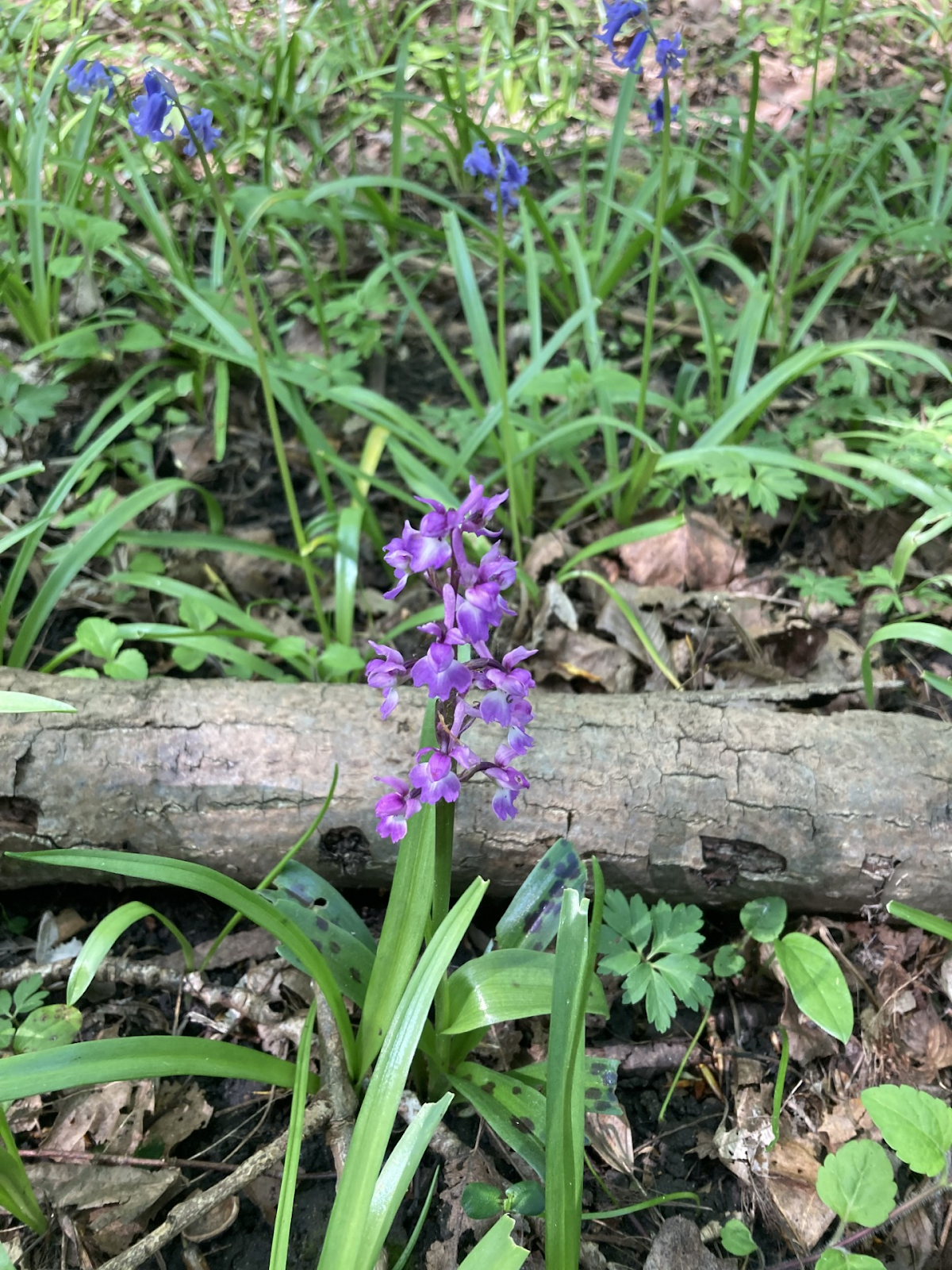Ashwellthorpe Wood - A field survey
Ashwellthorpe Wood - Lachlan Royle
Field Survey Methods
When we attended NWT's Ashwellthorpe wood recently we conducted a few field surveys to assess the abundance of different species. First a breeding bird survey was carried out, this involves stopping every 100 or so metres at 10 different sites and listing every individual bird that can be seen or heard at that location, for sound if assistance is needed merlin can be a good source in order to differentiate calls, however it is always good to be cautious as it is not 100% accurate. My own personal survey yielded a total of 25 species, most of which were more common species you would expect to see on an everyday basis in rural environments such as blackbirds, blue tits, song thrush and the ring necked pheasant. However I was also able to record more notable species such as coal tit, garden warbler, greater spotted woodpecker, red legged partridge and most noticeably a marsh tit. These surveys are very important in allowing the BTO to build up an idea of what species of bird are where and in what abundance. Tracking this over a span of years can allow the organisation to see which species are in decline and may need more protection when it comes to breeding.
Our second survey method involved a butterfly transect, this was to be carried out over a 1km section of woodland, stopping and surveying at 15 different sites to monitor species numbers present. My results for this survey were able to yield 6 different species of butterfly, Brimstone, Small-White, Green-Veined White, Orange-Tip, Large White and the Common Blue. This survey method was very useful in building up ID skills as on a personal level my invertebrate identification skills are not where I'd like them to be, as a result of this exercise I have gone out individually on many occasion to conduct butterfly transects of my own.
Ancient Woodland Indicators
Ashwellthorpe is considered an ancient woodland, in order to gain this status it must have remained a woodland for at least 400 years and have a range of ancient woodland indicator species. One such species, pictured left, is the early purple orchid or Orchis mascula. A captivating and incredibly visually appealing plant it has gained its name due to it being one of the very first orchids to appear in spring time. The orchids attract many pollinators with their lovely sweet smell despite not containing any nectar, however once fertilised this smell goes from sweet to rather unpleasant. This particular species of orchid has a fascinating history behind it, the orchid is referred to in Hamlet as 'Dead men's fingers', further in Greek mythology it was thought that eating the larger root would result in the birth of a boy, whilst eating the smaller root would result in the birth of a girl. Similarly in the Scottish highlands it was believed that eating the larger root would cause someone to fall in love with you whilst the smaller root would cause someone to hate you. Perhaps most fascinating of all however is that during classical times a mixture of ground orchid root and milk was used as an early aphrodisiac. Who knew one little plant could hold so much history.




Comments
Post a Comment